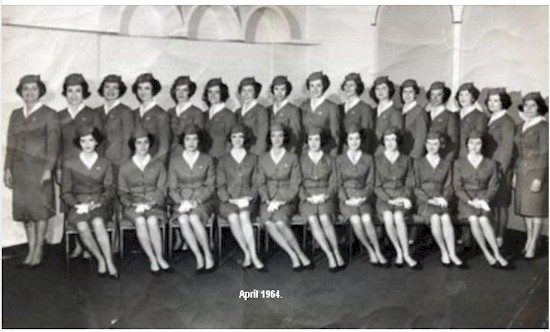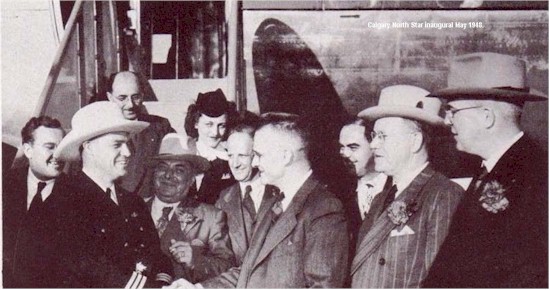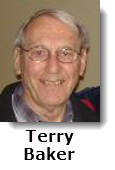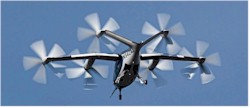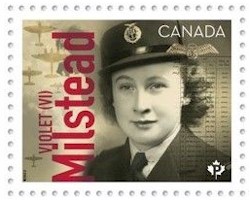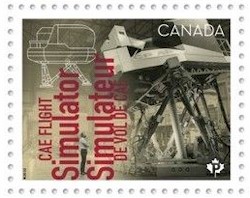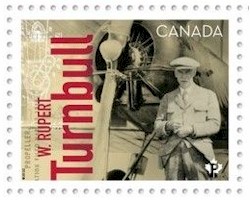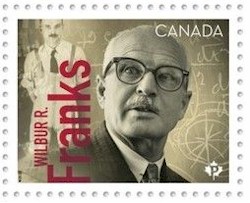|
How the Spruce Goose was Moved to Oregon Posted on YouTube by Peter Dibble, the video linked below chronicles the journey of the legendary 'Spruce Goose' from Long Beach, California to the Evergreen Aviation and Aerospace Museum at McMinnville, Oregon. Excerpt from: en.wikipedia.org/wiki/Hughes_H-4_Hercules The aircraft was transported by barge, train, and truck to its current home in McMinnville, Oregon (about 40 miles (64 km) southwest of Portland), where it was reassembled by Contractors Cargo Company and is currently on display. The aircraft arrived in McMinnville on February 27, 1993, after a 138-day, 1,055-mile (1,698 km) trip from Long Beach. |
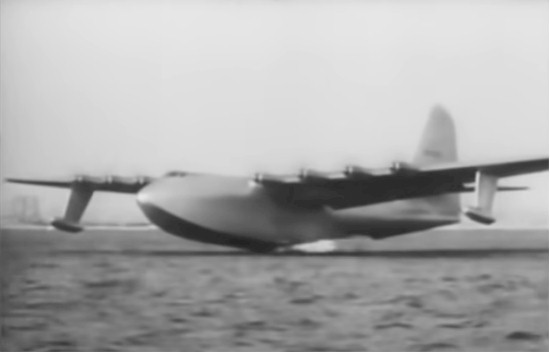 |
|
Thomas Kim posted the photo below (circa 1980's) on Facebook in October. Those who remember being able to park on the roof of Terminal 1 in Toronto (YYZ) for airplane watching will recognize the view. In the foreground are three CP Air aircraft, a DC-8 and B-727 parked at gates, and another B-727 on pushback. In the background are cargo facilities with the Air Canada '747' hangar in the distance. A Wardair B-747 is just visible exiting the hangar; Wardair rented hangar space from AC at the time. Editors' Note: The DC-8-43 in the photo, CF-CPF/C-FCPF, was CP's first DC-8, delivered February 22, 1961. Originaly named Empress of Vancouver, then Empress of Rome, and briefly before retirement in late 1981, Empress of Santiago. Sold to a long-defunct Colombian cargo carrier for spare parts. |
|
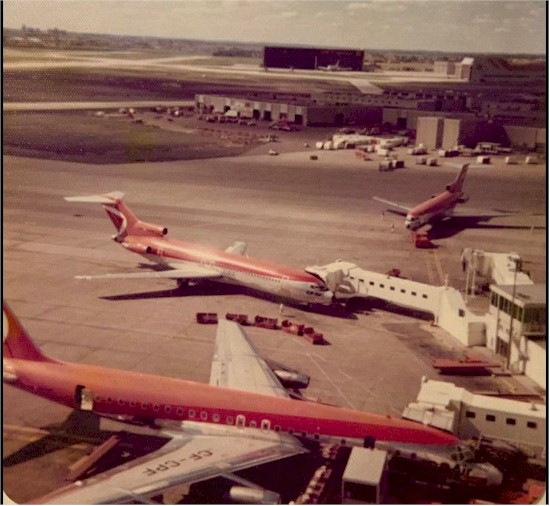 |
|
|
Below are CP Air poster (left) and a timetable cover (right) found at vintageairliners.com |
|
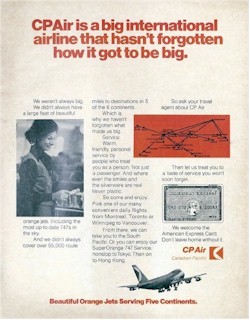 |
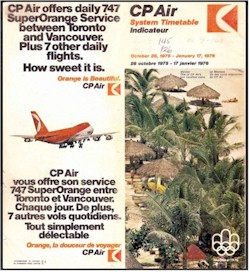 |
|
From the 'CP Air News' magazine. |
|
|
Issue dated March 1976 |
|
|
VIP Aircraft - A Boeing 707 of the People's Republic of China waits in CP Air's hangar at Vancouver for a flight to Los Angeles recently. The aircraft arrived from Peking to fly former U.S. President Richard Nixon and Mrs. Nixon to China for an eight day visit in February. |
|
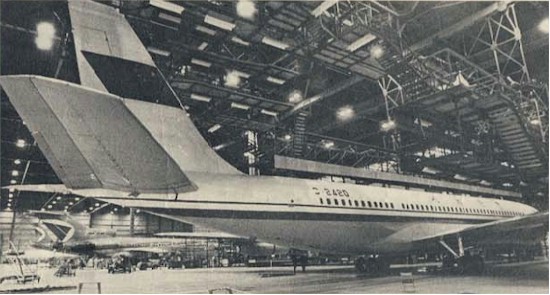 |
|
|
Nearing Completion - Two new simulators due for delivery later this year undergo tests at the CAE Electronics Ltd. test centre in Montreal. The two pieces of equipment, a Boeing 747 simulator in the foreground and a Boeing 727 will join two other company owned simulators, a DC-8 and Boeing 737, now installed at the recently-completed training building at the YVR Operations Centre. Cost of the new simulators is $6 million, |
|
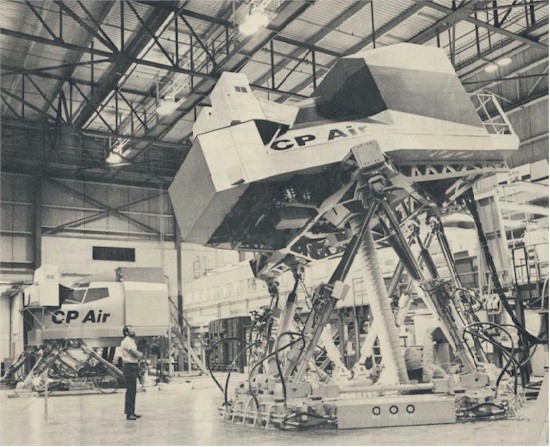 |
|
|
|
|
Answer to 'Name the aircraft' from 'Odds & Ends'. More info: |
|
The following photo of the former Trans World Airlines terminal at New York's JFK airport (now part of a hotel) dates from the 1970's. Was the terminal designed to resemble a stingray? |
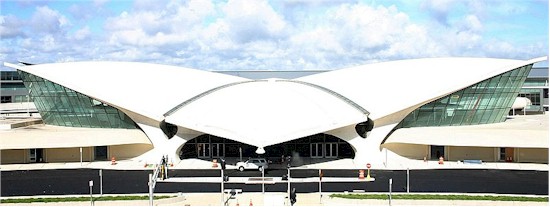 |
|
Photo by Roland Arhelger |
|
A ZOOM meeting with the Computer & Systems Services (C&SS) YUL retirees was held recently at which a dozen retirees enjoyed a lively banter of memories from their working days with the company, some of which would have turned upper management hair grey had they known. However the computer operation was handled in a professional manner. The ZOOM was monitored by Aron Charad, courtesy of Shawn Goodin from Charlotte who worked with Aron at EDS. The group included Brian Swinburne, Eric Watt, Kathy and Doug Olsen, Debbie MacDonald who reported 10 inches of snow where she lived, Karl Eliason, Joe Mallory, Terry Baker, Jim Fitzmorris, Rick Ciszowski, Joe Richard and Kathie Upton. Several archival photos of the retirees were shown during the session. |
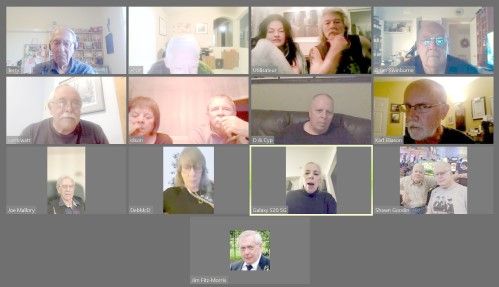 |
|
Following up on the article in NetLetter #1496. It was on August 1, 1930, that the British airship R-100 docked at Saint-Hubert airport after its epic 78 hour trans-Atlantic flight which covered 3,300 mi (5,300 km) at an average ground speed of 42 mph (68 km/h). The planning of the visit of the 720-foot-long (215-meter) airship had begun several years earlier. The Canadian government funded the construction of the $1 million mooring mast at the time. Its construction was completed in 1928. The facilities included a hydrogen production plant. The local and regional authorities had worked hard to make the visit a popular success. A train station had been specially fitted out on Guy Street in Montreal for this event. On Saturday, August 2 alone, nearly 150,000 people took the train to see the R-100. The airship suffered damage during the Atlantic crossing so it remained in Saint-Hubert until August 8. When it returned to England, extensive damage was observed to the structure of the R-100. A sister airship, the R-101, crashed in France in October the same year. This led the British government to cancel its airship program and the R-100 was scrapped. Nearly half a million people came to see the R-100 in the fields of Saint-Hubert. Considering the limited means of transport at the time, this was an exceptional public event and Canada’s biggest aviation event. More importantly, the arrival of the R-100 allowed the establishment of the Saint-Hubert airport, which was officially opened in 1929. Today, it ranks as the oldest airport in Canada in continuous service. Source: Quebec Aerospace Museum |
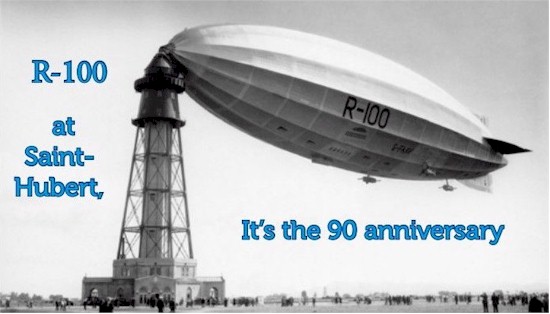 |
|
Expanded Canada-India Air Transport Agreement to allow unlimited flights between both countries. From visiting friends and family to getting goods to markets around the world, Canadians rely on the aviation industry to provide diverse international air services. Expanding Canada’s existing air transport relationships allow airlines to introduce more flight options and routings, which benefit passengers and businesses by providing greater choice and convenience. The Minister of Transport, the Honourable Omar Alghabra announced on November 14, 2022 the recent conclusion of an expanded air transport agreement between Canada and India. The expanded agreement allows designated airlines to operate an unlimited number of flights between the two countries. The previous agreement limited each country to 35 flights per week. This significant move will allow airlines of Canada and India to better respond to the needs of the Canada-India air transport market. Going forward, officials of both countries will remain in contact to discuss further expansion of the agreement. The new rights under the expanded agreement are available for use by airlines immediately. More info at: |
|
Name this propeller aircraft – Answer below in Terry's Trivia and Travel Tips |
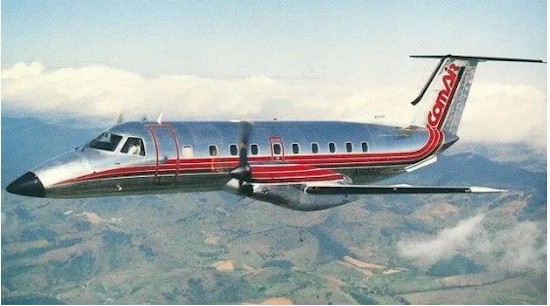 |
|
Delta Air Lines has pledged an “upfront equity investment” of $60 million to Joby Aviation as part of the airline’s commitment to “home-to-airport transportation service” for its customers.
Source: AVWeb.com |
|
October 2022, Canada Post released the second instalment of its Canadians in Flight stamps, an issue that celebrates the people, planes and technology that have allowed Canada’s reputation for innovation to soar. The five-stamp set commemorates ground-breaking female pilot, legendary bush plane and three innovators who changed aviation. |
|
Violet Milstead (1919-2014).
Over 28 months, Milstead logged more than 600 hours in 47 types of aircraft, including massive, multi-engine bombers. Following the war, she moved to Sudbury, Ont., where she flew as a bush pilot and also instructed. More Info: |
|
The de Havilland Canada DHC-2 Beaver.
The all-metal plane’s short takeoff and landing capability – along with its ability to be fitted with wheels, floats or skis – made the Beaver ideal for accessing and connecting remote areas of the country. More info: |
|
Kenneth Patrick (1915-2002) and the CAE flight simulator.
By the 1980's, CAE had developed a simulator so realistic it was no longer necessary for all flight training to be completed on actual aircraft. Today, air travel is the safest mode of transportation, in part because commercial pilots train in simulators – most produced by CAE Inc. More info: www.cae.com/news-events |
|
Wallace Rupert Turnbull (1870-1954) and the variable pitch propeller.
The device allowed pilots to adjust the pitch, or angle, of propeller blades in flight as easily as one would change gears in a manual car. This improved the aircraft’s efficiency. More info: |
|
Wilbur R. Franks (1901-86) and the G-suit.
The rubber suit, which he personally tested and was also known as the Franks Flying Suit, was lined with water-filled pockets that created enough hydrostatic pressure to counter strong gravitational (G) forces. More info: |

